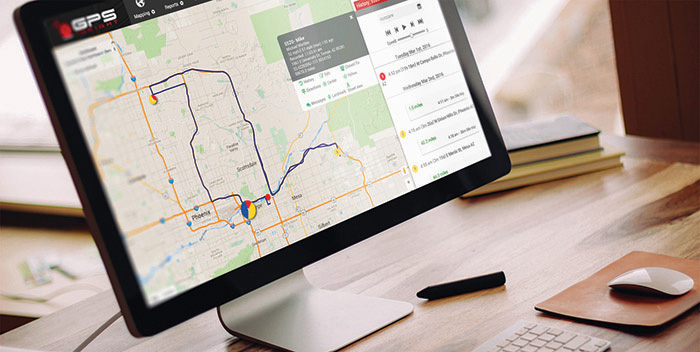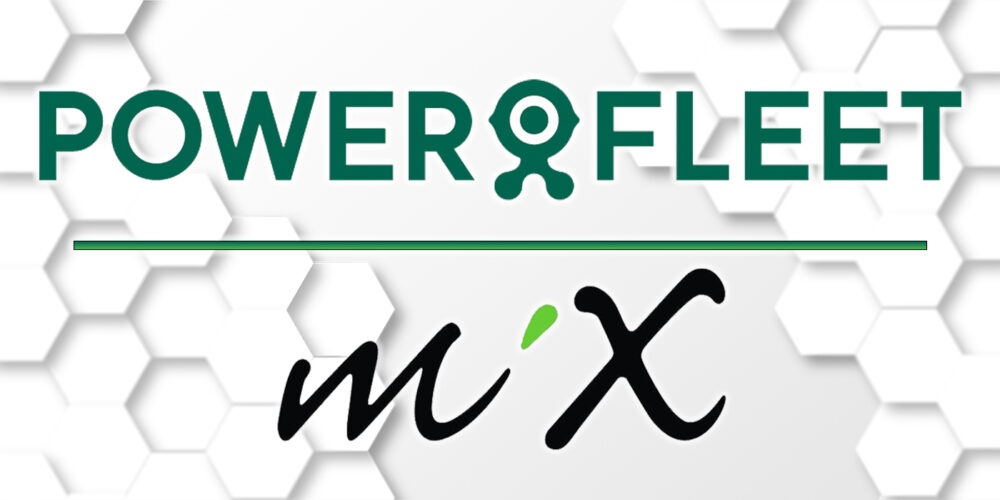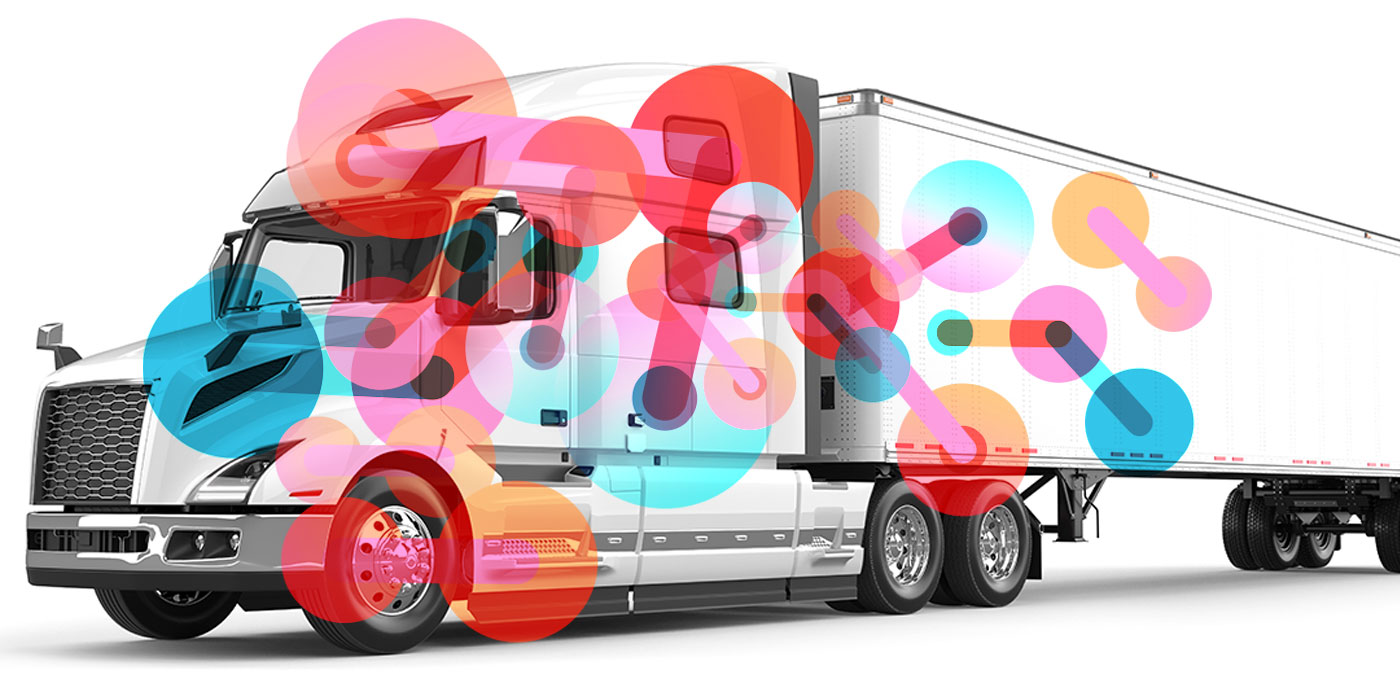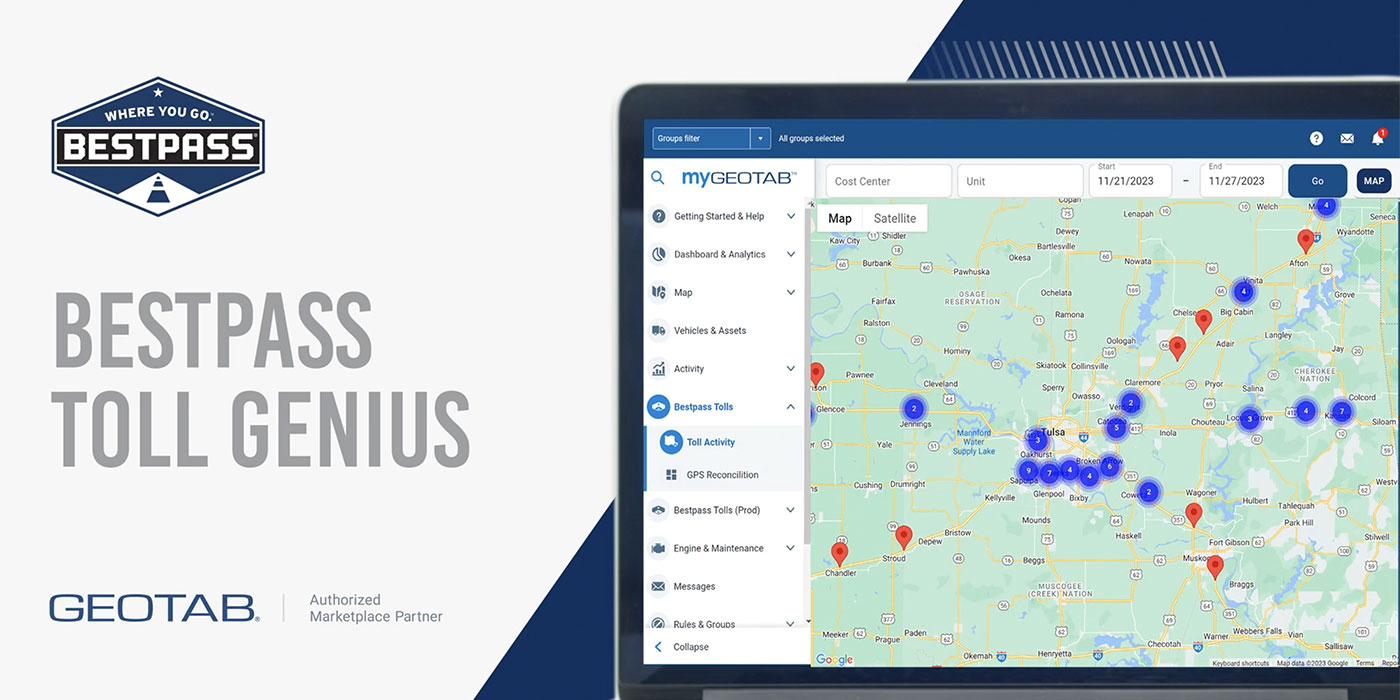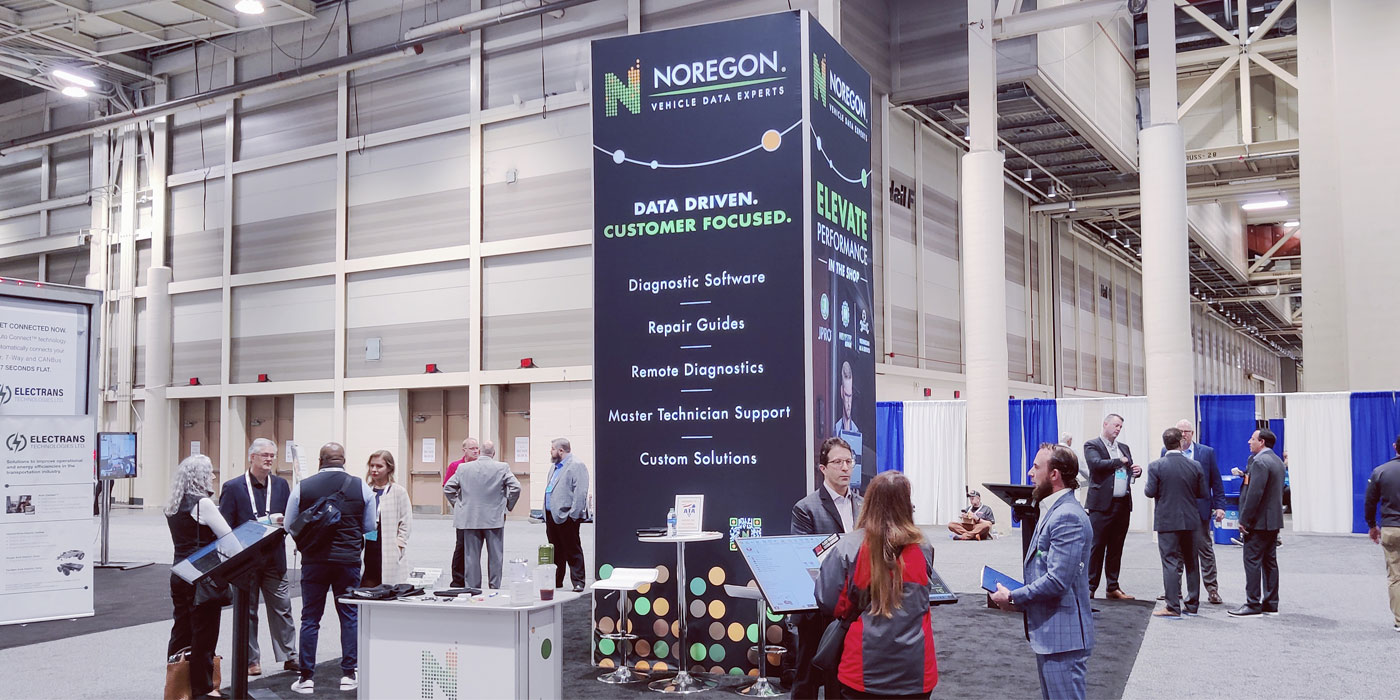When it comes to sending data like on-board computer telematics information over cellular networks, there are two primary aspects a fleet manager needs to consider: Speed and coverage. Let’s start with speed. Technology moves fast and data communication moves even faster. Cellular networks and telematics providers are keeping pace with the ever-evolving technology offering.
“Ten years ago, businesses primarily used telematics software for GPS location of vehicles on a map for dispatching. Today, if a business hasn’t evolved from track and trace, it is missing out on the wide array of opportunities for integration and customization,” said Colin Sutherland, executive vice president of sales and marketing for Geotab Inc. “Over the years, there has been a large increase in the amount of data telematics collects from the vehicle including richer engine diagnostic data, seat belt usage and engine health monitoring. 4G is capable of handling the demands of mobile devices specifically incorporating video and large file transfers, and 3G covers the data requirements from telematics in vehicles. Meaning fleet managers should base their decision on a variety of other factors including: cost, install time and expandability potential of the telematics solution.”
All the “G” and “LTE” talk you hear the big cellular network providers yell about on TV ads will start to pop up in your conversations about truck telematics, especially with more and more data streaming off of your truck and more options—like engine over-the-air reprogramming and video-streaming devices—being offered. One of the biggest challenges facing telematics providers and fleets is AT&T’s 2G sunset. Come Dec. 31, AT&T will shut down its 2G network, leaving an estimated 10 million to 14 million GPS devices, cellphones and tablets without cellular service, according to GPS Insight. That means all those devices will need to be replaced—quite possibly impacting your older telematics devices.
There are likely a number of questions spinning through your head at this point; questions like: When will the devices go dark? Are my telematics devices going to be impacted? Why is GPS impacted?
To start: “Devices will go dark Jan. 1, 2017, nationwide and some cities are losing the network before that,” said Ryan Driscoll, marketing director for GPS Insight. In tackling the next two questions, Driscoll said that the only way to be sure if your telematics platform will be impacted is to ask your provider.
Additionally, he explained that GPS devices use the cellular networks to push data to central servers that crunch and analyze the location data to make it viewable to the end-user. “Many of the GPS devices were on this network,” he said.
Now for the big question you likely came to: How do I avoid this sunset or the next?
“You really can’t. Technology isn’t future-proof. It is always advancing,” Driscoll said sympathetically. “Most networks will eventually sunset, but your device should be fine for a few years before this happens again. Think about how many version of the iPhone you’ve had over the last 10 years. Chances are you’ve changed out your phone more than you have your GPS devices. Typically, the expected life of a GPS device is three to five years.”
According to Gabriel Nave, director of business development with CalAmp Corp., a company that assembles wireless communications solutions from a portfolio of devices, cloud service platforms and software applications, choosing a telematics system largely depends on how long a fleet plans to keep vehicles in operation.
“We are quickly approaching the time horizon where LTE is becoming necessary to mitigate the risk of having to replace the telematics hardware due to looming 2.5G and 3G network shut downs,” he said. “It’s important for a fleet manager to understand the commitment behind the time horizon given for any particular telematics solution.”
To stay ahead of the technology game, CalAmp recently announced the availability of its LMU-2600 and LMU-4200 series telematics devices with 4G LTE Category 1 cellular technology. These devices will enable our telematics devices to access next-generation LTE technology and take advantage of cost-effective carrier rate plans designed for lower bandwidth applications while maintaining connectivity with 3G fallback as needed.
“Most network providers have a well-documented plan for how long specific network communications protocols will be supported or maintained,” explained Thomas Konat, vice president of sales with Pedigree Technologies. “A solution provider should be able to produce that policy for a prospective customer and put to rest the network longevity questions. As the hardware market matures and demand grows, prices continue to decrease. Having multiple options for hardware that is rugged enough, small enough or with enough back up battery and that fit the need of the customer usually out-weigh the concerns related to the protocol of the network.”
“At the moment, there is not a specific date for the sunsetting of 3G, and so the driving factor is bandwidth and cost,” said Cyndi Brandt, senior director of product marketing for Omnitracs. “LTE provides greater bandwidth, but comes with a higher price tag for the hardware. In most applications the LTE bandwidth is not required. So at the moment, fleet managers should make sure their provider has a plan for 4G LTE—but they don’t necessarily have to embrace it right away.
“Look for companies embracing, not shirking away from, newer device technologies that will allow them to offer a larger product spectrum in the future such as video transmitted in real time,” Brandt recommended. “LTE allows the telematics device to be a bigger hub in the vehicle to delivery things such as video training. Plus, as we continue to move into a more connected world, we will use more apps that require more detailed data.”


